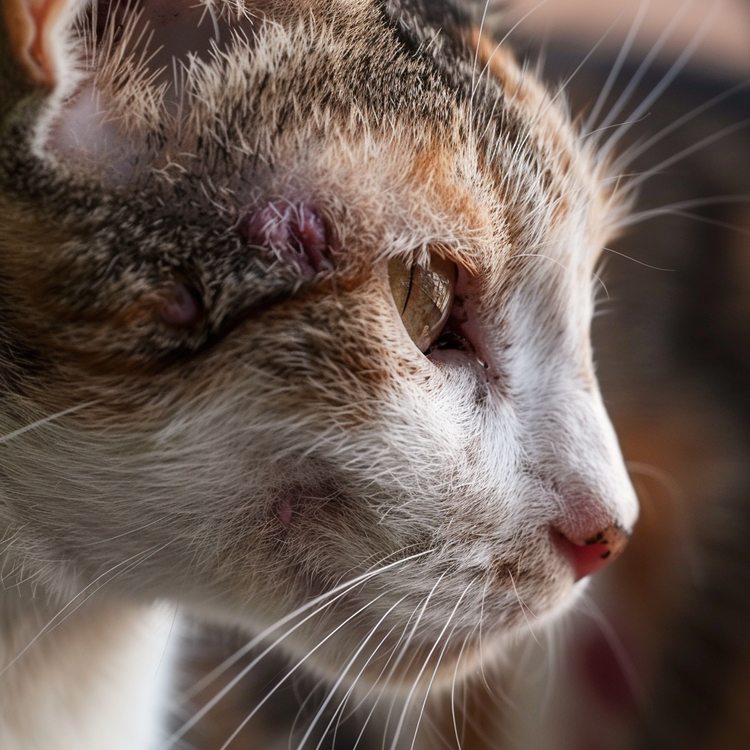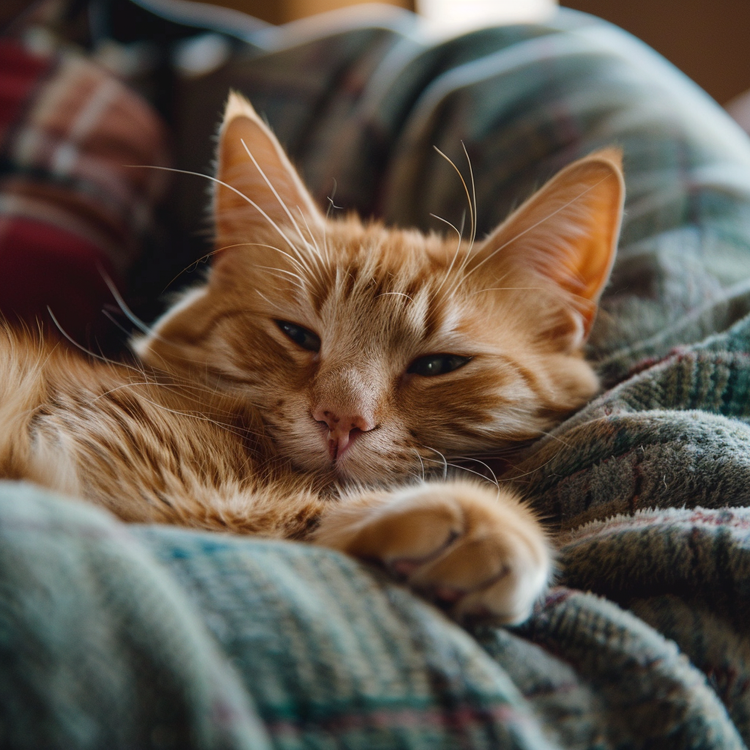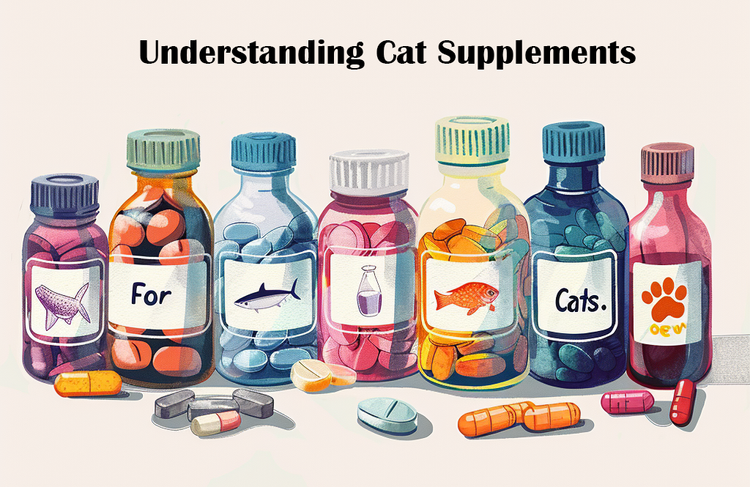Decoding Cat Food Labels: Understanding Beyond the Basics

Navigating the world of cat food can often feel like deciphering a complex code. With a plethora of options on the market, understanding cat food labels becomes crucial for pet owners striving to provide the best nutrition for their furry companions. The labels on cat food packages hold the key to unlocking the nutritional value of what we feed our cats, yet they can be bewildering with their industry jargon and regulatory terms. This is where the importance of label literacy comes into play, enabling cat owners to sift through marketing gimmicks to find truly high-quality food.
Our aim with this blog is to demystify the process of reading and understanding cat food labels and certifications. We're here to guide you through the intricacies of ingredients, nutritional adequacy statements, and the significance of various certifications. By equipping you with this knowledge, we empower you to make informed decisions that go beyond just avoiding fillers and looking for buzzwords. Stay with us as we delve into the world of cat food labels, ensuring you have the information needed to choose the best for your cat's health and wellbeing.
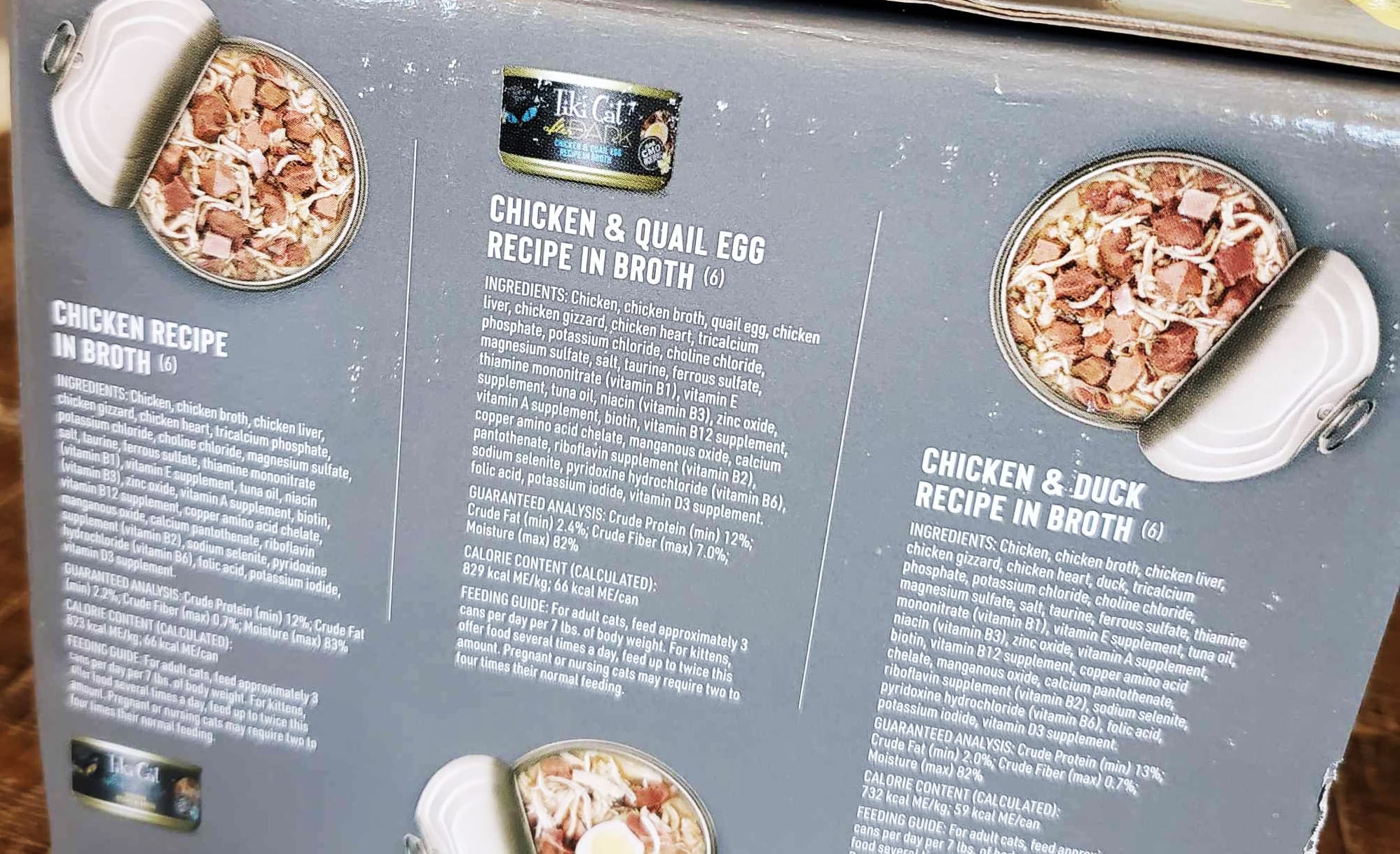
The Basics of Cat Food Labels
Diving into the basics of cat food labels unveils two crucial components that are foundational in assessing the quality and suitability of the food for your feline friend: the ingredient list and the guaranteed analysis.
Ingredient List Insights
The ingredient list on a cat food package is your first window into its nutritional profile. Ingredients are listed in descending order by weight, including their moisture content. This means the first few items are the most predominant in the formula. High-quality cat foods typically have a meat source as the first ingredient, reflecting a higher protein content crucial for your cat's carnivorous diet. However, it's not just about spotting "chicken" or "salmon" at the top; understanding the difference between whole meats and meat meals can also impact your choice. Whole meats are rich in water content, while meat meals, dehydrated forms of meat, provide a concentrated protein source. This distinction helps in identifying diets that meet the high protein requirements of your cat without unnecessary fillers.
Guaranteed Analysis Decoded
The guaranteed analysis on the label provides a snapshot of the food's nutritional composition, including minimum percentages of protein and fat, along with maximum percentages of fiber and moisture. These percentages offer a glimpse into the food's macronutrient balance, essential for maintaining your cat's health. A higher protein content supports muscle maintenance and overall health, while fat is crucial for energy and skin health. Fiber contributes to digestive health, although cats require much less fiber than humans or dogs. Moisture content is particularly significant in wet foods, helping ensure adequate hydration. Understanding these values enables you to compare foods and select one that aligns with your cat's specific nutritional needs, whether they're a growing kitten, an active adult, or a senior with slower metabolism.
By mastering these basics of cat food labels, you're well on your way to making informed nutritional choices that support the health and happiness of your cat.
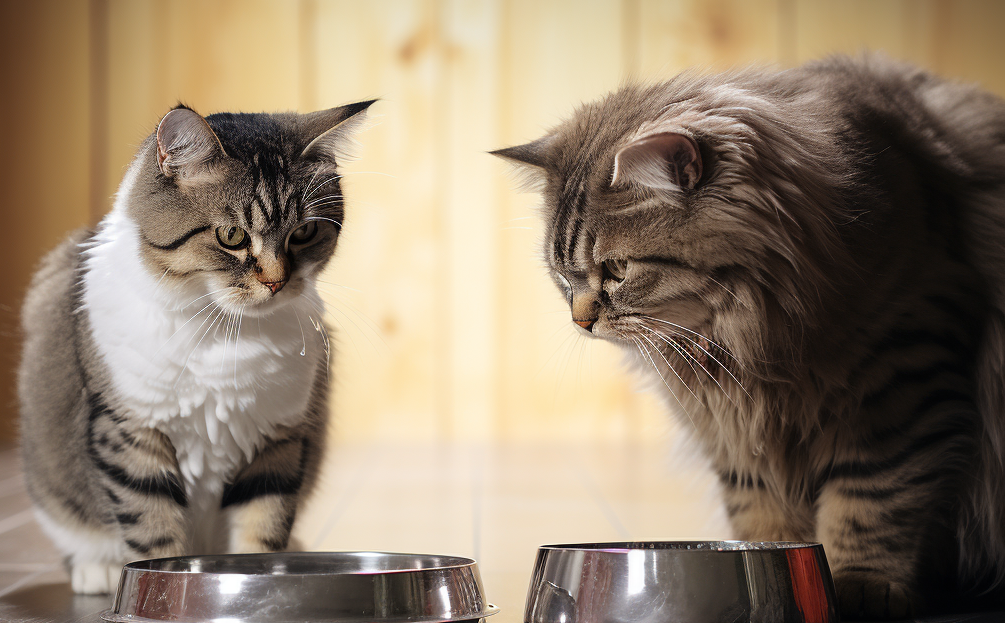
Nutritional Adequacy and Life Stage Formulations
To ensure your cat's diet meets their comprehensive nutritional needs, tailored to their specific stage of life, it's crucial to understand the nutritional adequacy statement found on cat food labels. This statement, a regulatory requirement, confirms the food meets the nutritional levels established by the Association of American Feed Control Officials (AAFCO) for a specific life stage: kitten, adult maintenance, or senior. Here's a breakdown of why this matters for each life stage:
- Kittens: Require diets rich in protein and calories to support rapid growth and high energy levels. Foods for kittens are formulated to support this crucial development phase.
- Adult Cats: Need a well-balanced diet that maintains health, supports daily energy needs, and prevents obesity, a common issue in adult felines.
- Senior Cats: Benefit from diets lower in calories but enhanced with specific nutrients to support joint health, kidney function, and overall vitality.
Understanding and choosing a cat food that aligns with your pet's current life stage is essential. The nutritional adequacy statement guides cat owners to make informed decisions, ensuring the selection of a diet that provides the right balance of nutrients for their feline friends to thrive at any age. This tailored approach is key to supporting your cat's wellbeing, from playful kittenhood through to their serene senior years, ensuring their diet promotes health and vitality throughout their life journey.

Beyond Fillers: Identifying Quality Ingredients
In the quest for the best nutrition for our feline friends, understanding what constitutes quality ingredients in cat food is paramount. The landscape of cat nutrition is vast, but by focusing on key components such as proteins, carbohydrates, and the often-misunderstood by-products and meals, we can navigate it more effectively.
Spotting High-Quality Proteins
Proteins are the cornerstone of a cat's diet, essential for growth, repair, and overall health. High-quality protein sources are easily digestible and contain all the essential amino acids your cat needs. Look for foods where the source of protein is clearly identified, such as "chicken," "beef," or "salmon," rather than vague terms like "meat" or "poultry." Whole meats and identifiable meat meals (e.g., "chicken meal" as opposed to "meat meal") are indicative of a premium protein source. These specific terms suggest the protein is derived from a reputable source, providing your cat with the high-quality nutrition they require.
Understanding Carbs and Grains
While cats are obligate carnivores, carbohydrates and grains can play a role in their diet, primarily as an energy source or to facilitate the kibble-making process. However, these should not be the primary ingredients. Foods that list grains or carbohydrates like corn, wheat, or rice prominently may be using them as fillers. Instead, opt for cat foods where these components are minimal and the focus is on proteins, ensuring your cat receives their energy from the best sources.
The Truth About By-products and Meals
By-products and meals often get a bad rap but can be sources of high-quality nutrients if sourced responsibly. By-products include organs and tissues, which in the wild, are part of a cat's diet. They can be rich in vitamins and minerals. Similarly, "meals" signify that the ingredient has been rendered to remove water and fat, leaving a concentrated source of protein. When these ingredients are specified (like "chicken liver" or "beef meal"), they can enhance the nutritional profile of the food without compromising quality.
By understanding these key aspects of cat food ingredients, you can make informed decisions that go beyond the basics, ensuring your cat benefits from a diet grounded in nutritional excellence.
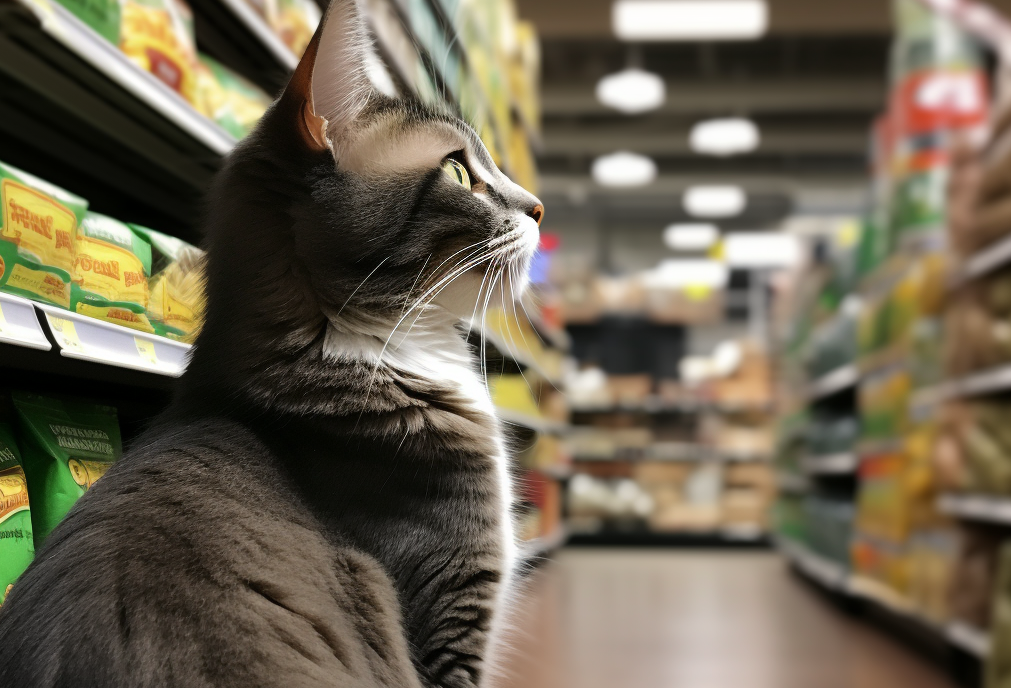
Special Claims and What They Mean
Navigating the myriad of special claims on cat food labels can often feel like traversing a marketing maze. Phrases like "grain-free," "gluten-free," "human-grade," and "premium" are designed to catch the eye and suggest superior quality. But what do these terms actually mean for your cat's nutrition?
Grain-Free and Gluten-Free: These claims have gained popularity with the rise of dietary trends in human nutrition, but their applicability to cats is a matter of debate. Cats are obligate carnivores, and while it's true they require protein-focused diets, the absence of grains or gluten doesn't inherently make a diet more suitable for all cats. Grain-free products often substitute grains with other carbohydrates like potatoes or peas, which may still be high in carbs. The key is to assess the overall nutritional balance of the food, ensuring it meets your cat's needs without unnecessary fillers.
"Human-Grade" and "Premium": The term "human-grade" implies that the food is made from ingredients that meet the standards for human consumption, a claim that must be substantiated by the manufacturer according to the FDA. However, it's worth noting that "human-grade" does not guarantee the food is nutritionally optimal for cats. Similarly, "premium" is a marketing term without a standardized definition. It suggests a higher quality but is not regulated, meaning its application can vary widely between products.
Ultimately, while these claims can guide initial impressions, they should not be the sole determinants of food selection. Understanding the nutritional content and how it fits with your cat's specific dietary needs is crucial for making truly informed choices.
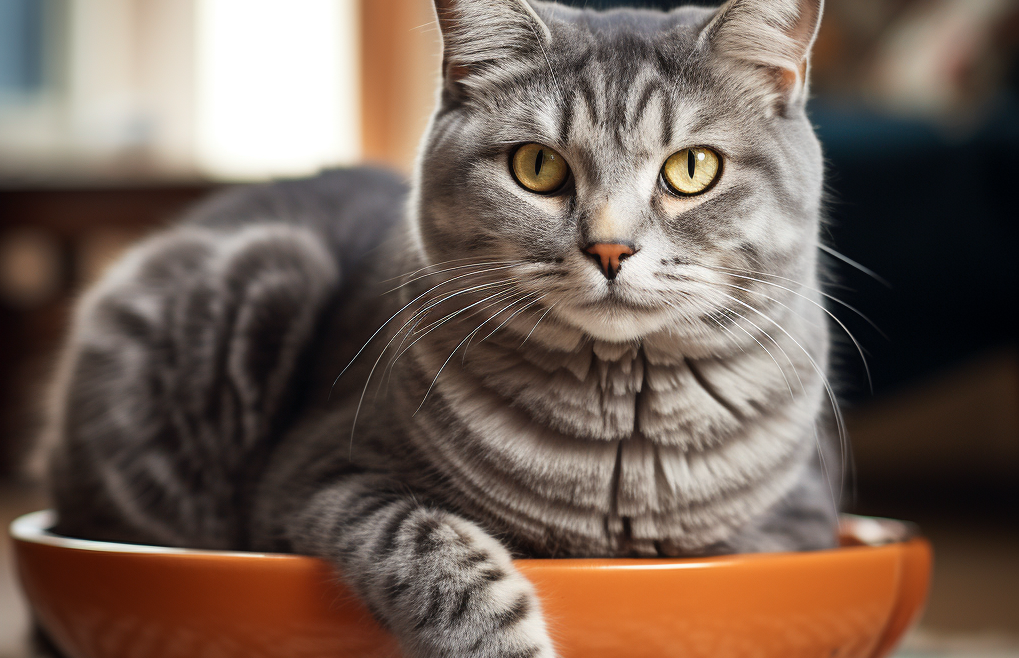
Final Thoughts:
In navigating the intricate world of cat food labels, we've uncovered the significance of understanding ingredient lists, the importance of guaranteed analysis, and the need to select foods based on nutritional adequacy for specific life stages. We've also demystified common marketing claims and emphasized the value of identifying quality protein sources, the role of carbohydrates, and the potential benefits of by-products and meals when properly sourced. Armed with this knowledge, you're now equipped to look beyond mere marketing and fillers, choosing cat food that genuinely meets the nutritional needs of your feline companion. Let this guide empower you to make informed decisions, ensuring your cat's diet supports their health and vitality at every stage of their life. Your cat relies on you for their well-being, and with this comprehensive understanding, you can confidently provide them with the best nutrition possible.
Faqs:
Why is the first ingredient on the cat food label so important?
The first ingredient is crucial because it represents the largest proportion of the food by weight before cooking. High-quality cat foods often list a meat source as the first ingredient, indicating a higher protein content, which is essential for your cat's carnivorous diet.
What is the difference between 'meat' and 'meat meal' in cat food?
'Meat' refers to whole meats, which contain a significant amount of water, whereas 'meat meal' is a concentrated form of meat with the water and fat removed. Meat meals provide a dense source of protein, making them a valuable component of cat food when sourced responsibly.
How can I tell if the cat food meets my cat’s nutritional needs?
Look for the nutritional adequacy statement on the label, which indicates that the food meets the nutrient profiles established by the Association of American Feed Control Officials (AAFCO) for specific life stages (e.g., kitten, adult, senior). This ensures the food is formulated to meet your cat’s comprehensive nutritional needs.
Are grain-free or gluten-free diets better for cats?
Not necessarily. While cats are obligate carnivores and require protein-rich diets, the absence of grains or gluten doesn't inherently make a diet more suitable. Grain-free diets often replace grains with other carbohydrates, which can still be high in calories. The focus should be on the overall nutritional balance of the diet.
What does 'human-grade' mean on cat food labels?
'Human-grade' means the food is made from ingredients that meet the standards for human consumption. However, this term does not guarantee that the food is nutritionally optimal for cats. It's important to assess the food's overall nutritional content and suitability for your pet's specific dietary needs.
